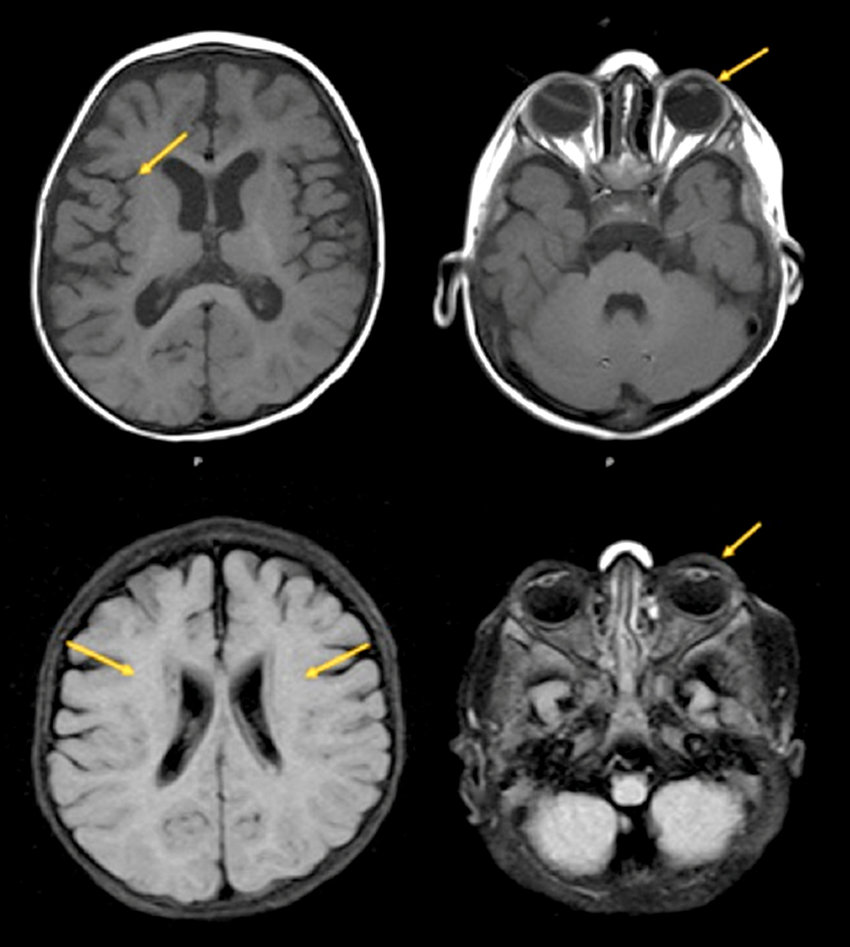Cerebral atrophy and Dementia
Cerebral atrophy, also known as brain atrophy, is a condition characterized by the loss of neurons and the connections between them in the brain. This loss can lead to problems with thinking, memory, and performing everyday tasks.
There is a connection between cerebral atrophy and dementia. Specifically, dementia, a general term that describes severe thinking problems that interfere with daily life, often causes extreme brain atrophy. The most common type of dementia is Alzheimer’s disease.
In Alzheimer’s disease, as neurons are injured and stop working properly throughout the brain, connections among networks of neurons may break down, and many brain regions begin to shrink. This process, called brain atrophy, is widespread in the final stages of Alzheimer’s, resulting from significant cell death and causing the loss of brain volume.
According to Dr Fareed Rahman, Dementia Specialist of Kottampara Ayurveda Dementia Care, the symptoms and severity of brain atrophy depend on the specific disease and location of damage. Therefore, the relationship between cerebral atrophy and different types of dementia can vary. For instance, Posterior Cortical Atrophy (PCA), a rare form of dementia, often results in significant atrophy in the back (posterior) part of the brain. Please note that this information is based on current understanding and research, and more studies are needed to fully understand the relationship between cerebral atrophy and dementia.
Cerebral atrophy, also known as brain atrophy, is a condition characterized by the loss of neurons and the connections between them in the brain. This loss can lead to problems with thinking, memory, and performing everyday tasks.
There is a connection between cerebral atrophy and dementia. Specifically, dementia, a general term that describes severe thinking problems that interfere with daily life, often causes extreme brain atrophy1. The most common type of dementia is Alzheimer’s disease.
In Alzheimer’s disease, as neurons are injured and stop working properly throughout the brain, connections among networks of neurons may break down, and many brain regions begin to shrink. This process, called brain atrophy, is widespread in the final stages of Alzheimer’s, resulting from significant cell death and causing the loss of brain volume.
It’s important to note that the symptoms and severity of brain atrophy depend on the specific disease and location of damage. Therefore, the relationship between cerebral atrophy and different types of dementia can vary. For instance, Posterior Cortical Atrophy (PCA), a rare form of dementia, often results in significant atrophy in the back (posterior) part of the brain. If you or a loved one is experiencing symptoms of dementia, it’s important to consult with a healthcare professional. They can provide a thorough evaluation and discuss the best course of action. Please note that this information is based on current understanding and research, and more studies are needed to fully understand the relationship between cerebral atrophy and dementia.



